Adobe: A Predatory Empire Built on Exploiting Creatives
Adobe has transformed from a software company into an exploitative monopoly that systematically traps creative professionals in an endless cycle of payments. What began as innovative creative tools has evolved into a predatory ecosystem designed to extract maximum revenue from captive users with few alternatives.
The Adobe Predatory Pricing System
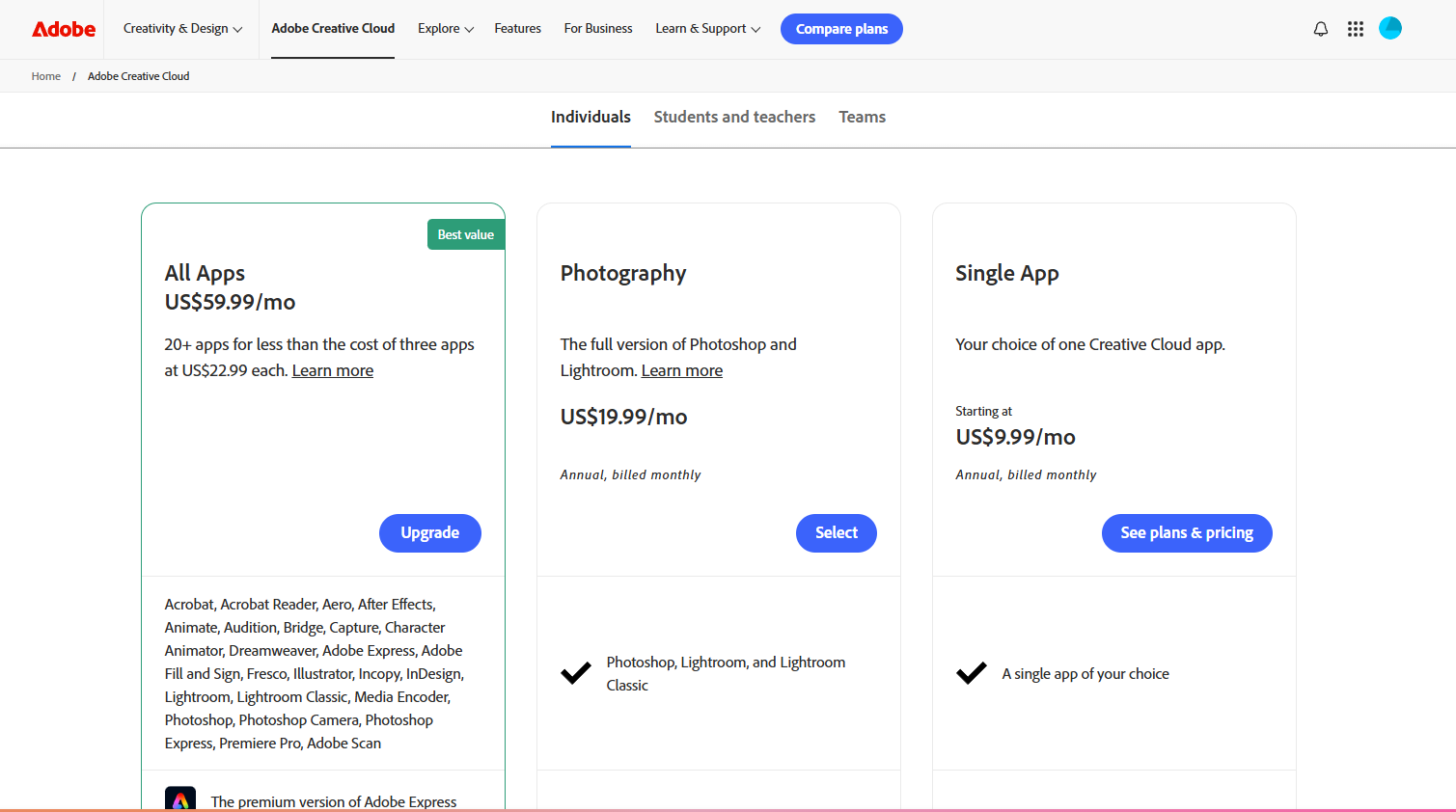
Adobe's transition to a subscription-only model is nothing short of a creative tax – a complete inversion of what software should be. Tools that photographers once purchased outright now require perpetual payment, with prices that consistently increase while feature improvements remain minimal. Let's examine their predatory pricing structure:
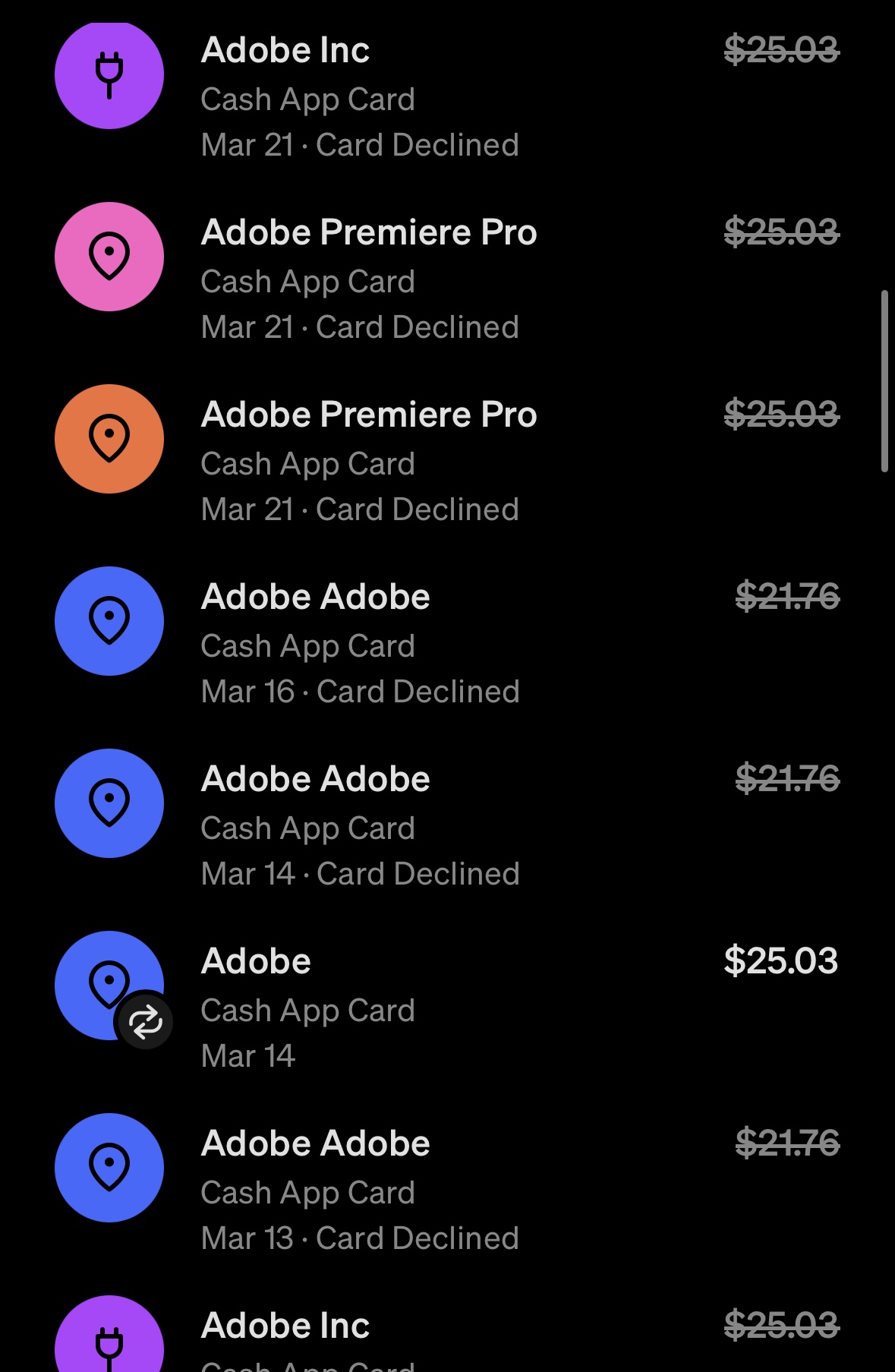
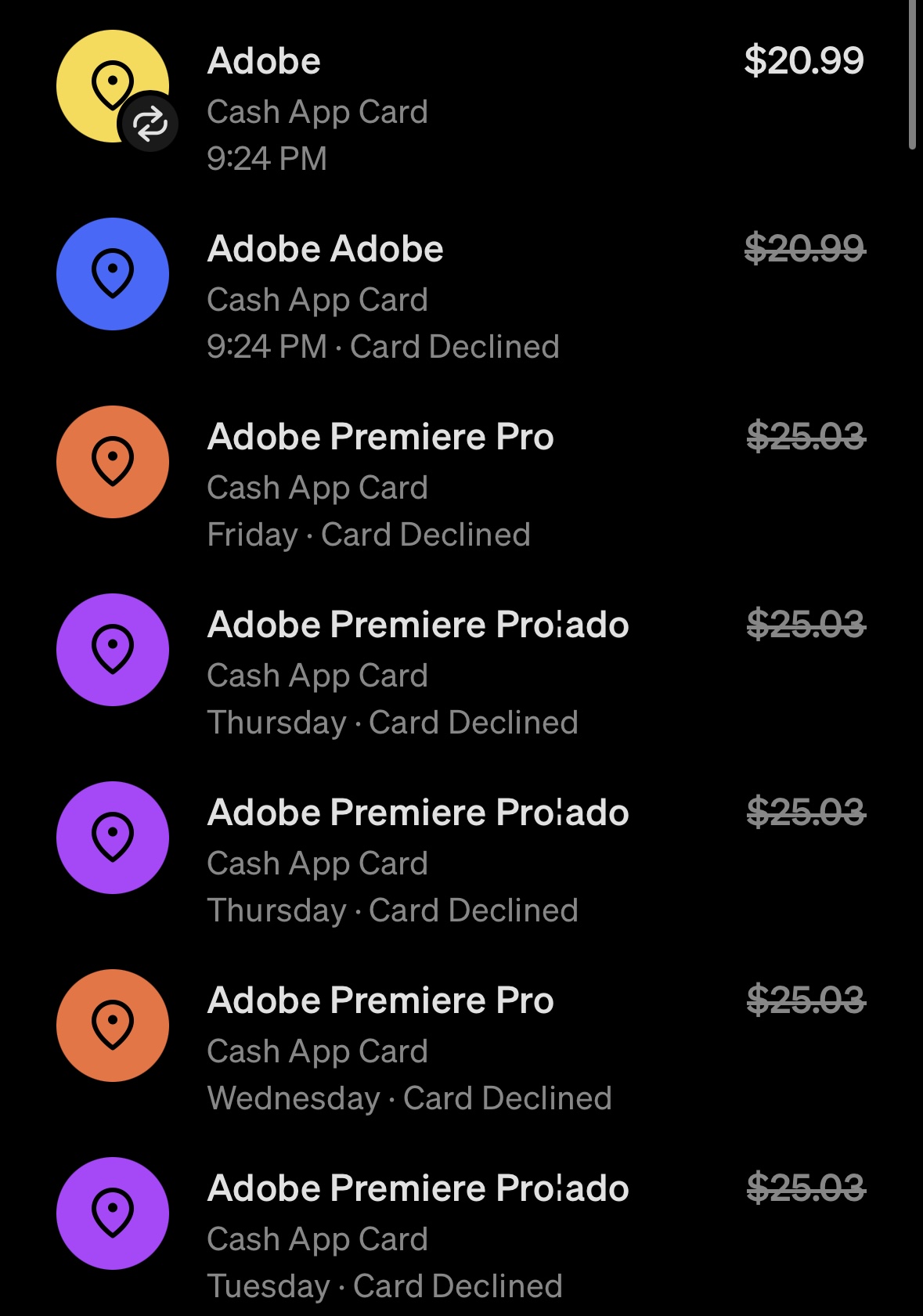
- All Apps Plan: US$59.99/month - A deliberately bloated package forcing users to pay for 20+ apps when most photographers only need 2-3.
- Photography Plan: US$19.99/month - The "best value" trap that still extracts $240 annually with complex cancellation terms.
- Single App: Starting at US$9.99/month - The intentionally deceptive "starting at" price that hides annual commitment requirements.
Photographers typically only need Lightroom regularly, with occasional Photoshop use for specific edits. Yet Adobe's structure forces you to either overpay for unnecessary apps or commit to annual subscriptions with deliberately complex cancellation processes designed to keep you paying. At $19.99/month for the Photography Plan, you're locked into paying $240 yearly just to access your own work - a perpetual cost that never ends and regularly increases.
Adobe's Shell Game of Multiple Charging Entities
What's even more disturbing are Adobe's billing tactics. They operate through multiple billing entities that create a confusing web of transactions nearly impossible to track. When a charge fails under one entity name, they immediately attempt to charge under a different entity name - a practice that seems deliberately designed to circumvent card blocks and declined transactions.
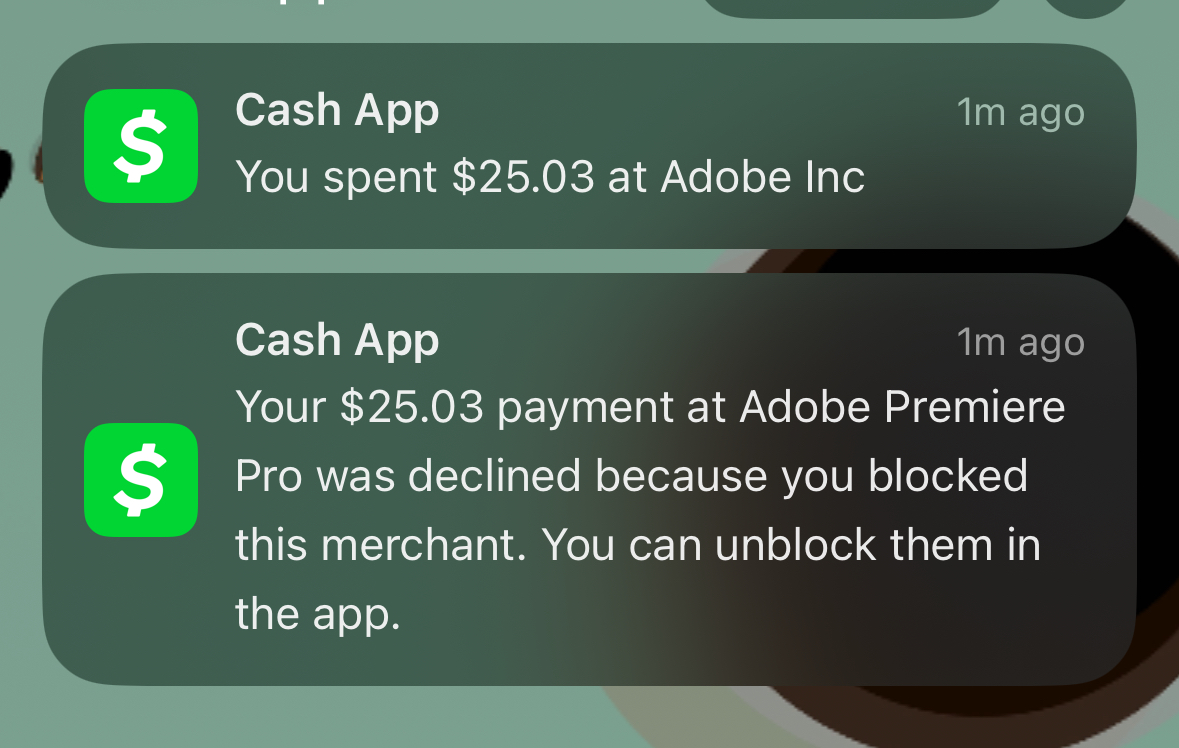
Just today (April 1, 2025), I received an attempted charge from one Adobe entity that I had previously declined. Immediately after, a completely different Adobe entity attempted another charge for the same service.
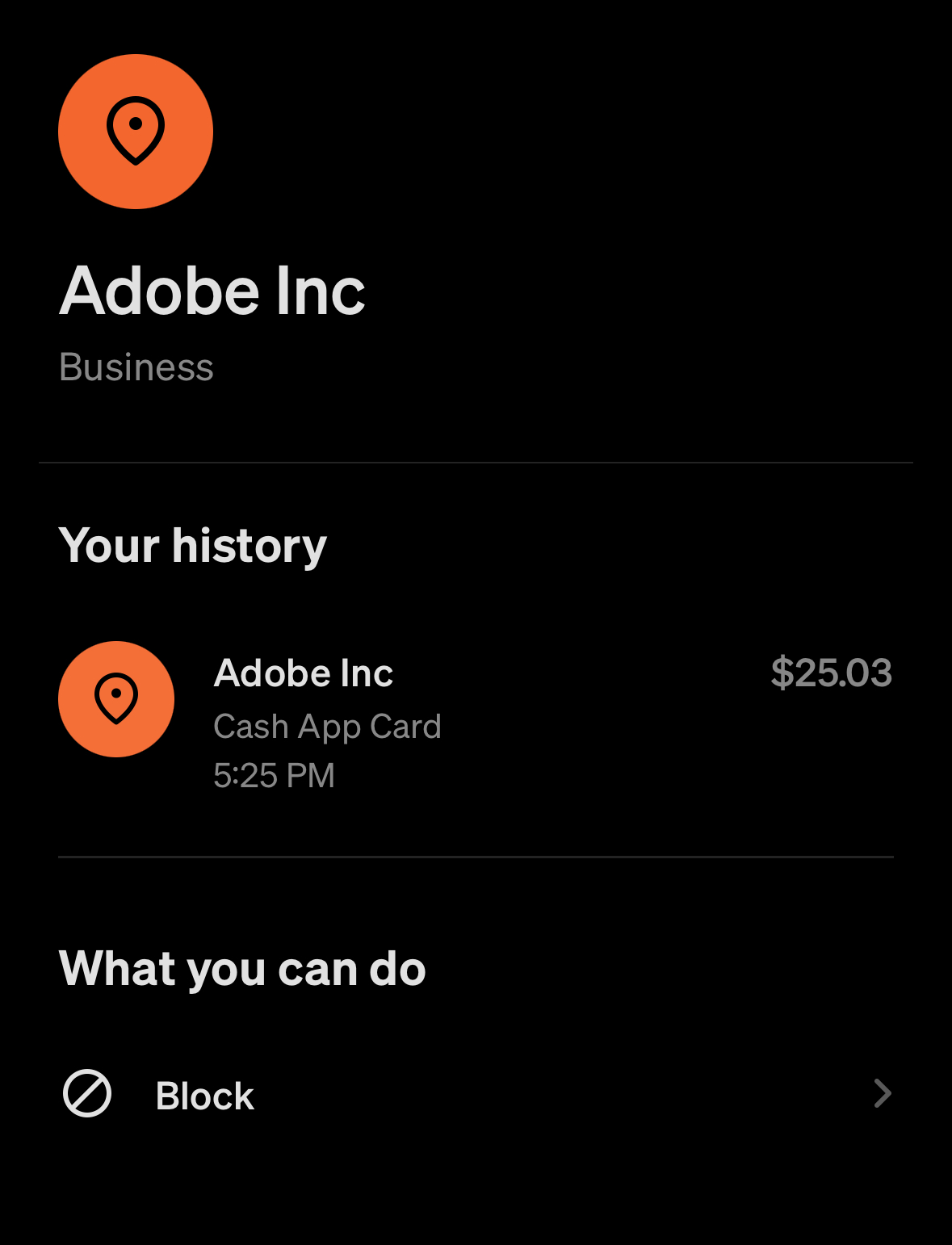
As you can see, this is a new Adobe entity that somehow appeared in the same timeframe after I had blocked their previous entity due to predatory practices. This is not coincidental or separate scams using Adobe's name - this is Adobe's systematic approach to ensure payment regardless of customer preferences or consent.
This billing shell game creates a maze of transactions that's deliberately difficult to manage, which is why many photographers report having to load their payment cards with the exact subscription amount when due, or use virtual cards that expire after a single charge. These are defensive measures creative professionals are forced to take against a company supposedly serving their needs.
As Adobe continues raising rates with minimal feature improvements, users find themselves with few alternatives and steadily increasing costs. The open-source revolution has transformed nearly every software category except professional creative tools, which remain monopolized by corporate gatekeepers determined to extract maximum revenue from captive customers.
Why I Created Presetter: Breaking Free from Adobe
This predatory ecosystem is exactly why I created Presetter. What started as a simple tool to generate Lightroom presets quickly evolved into something more meaningful – a direct response to Adobe's increasingly aggressive business practices that harm photographers and other creatives.
Presetter exists as more than just a preset generator – it's the beginning of a rebellion against Adobe's predatory empire. Why should photographers pay hundreds of dollars yearly for basic editing capabilities when these tools can be built and provided for free?
Comments